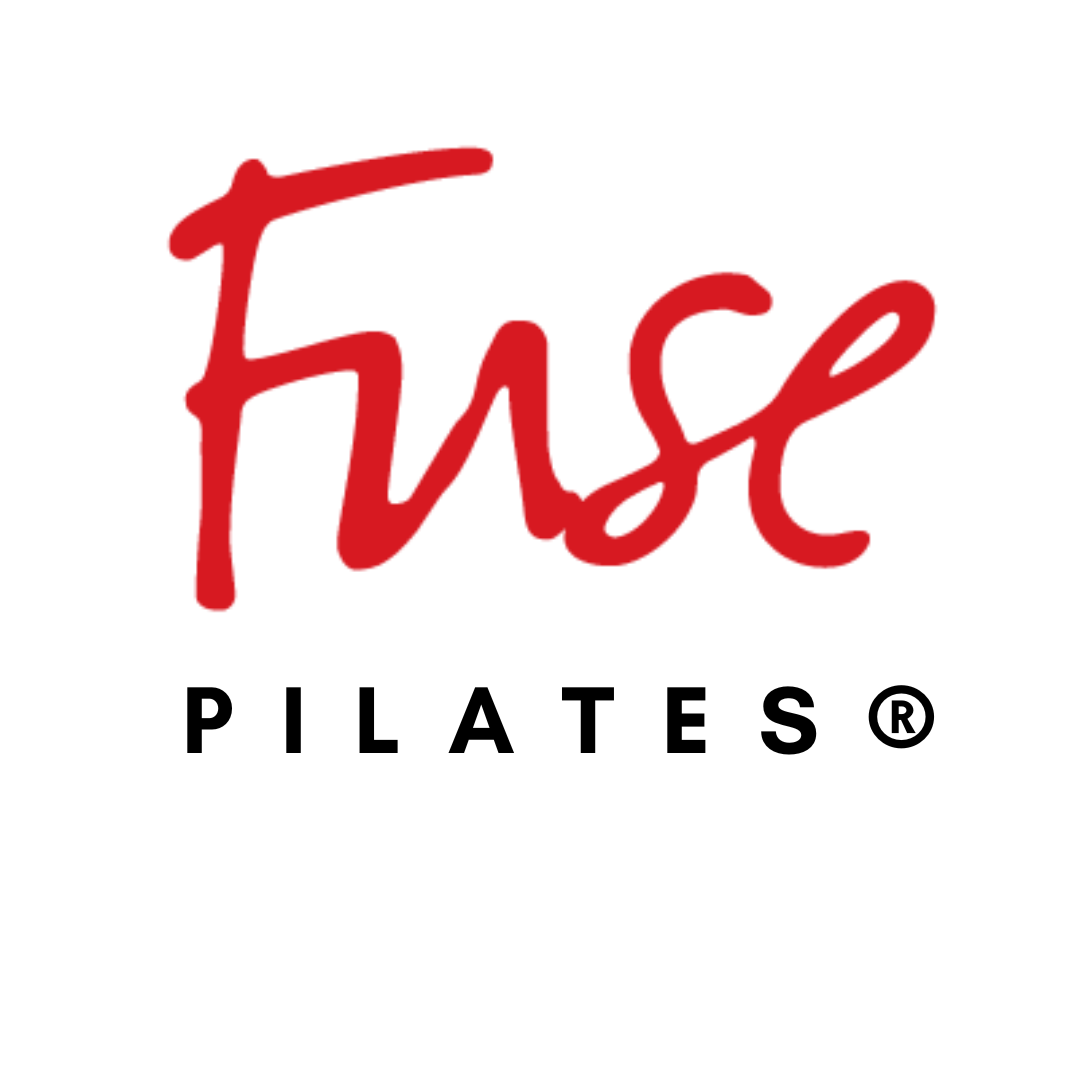The Benefits of Pilates for Diastasis Recti: Strengthening and Healing
Diastasis recti, the separation of the abdominal muscles, is a common condition that can occur during pregnancy or as a result of excessive strain on the core muscles. While it is a natural part of the body's adaptation during pregnancy, diastasis recti can cause various challenges for individuals postpartum. Fortunately, Pilates offers a safe and effective approach to strengthening and healing the abdominal muscles, making it an ideal exercise method for those dealing with diastasis recti. In this blog post, we'll explore the benefits of Pilates for diastasis recti and how it can help individuals regain core strength and function.
How Do I Know If I Have Diastatis Recti?
While this type of separation is most common after giving birth, there are a few other reasons why someone might develop this separation. It is important to note that this separation is normal, natural, and can happen to both men and women experiencing an injury, core weakness, or overdevelopment of external abdominal muscles.
Here is a super simple self-check for diastasis recti:
Lie in the supine position (on your back) with knees bent and feet flat to the floor.
Place one hand on the midline of your abdomen with your fingers flat
Place the other hand behind your head, exhale, and nod your head forwards while engaging your abdominal muscles as if you were going into a sit-up or crunch
There is a natural gap between your left and right rectus abdominus muscles that most people have, however, you should not be able to fit more than two fingers in this gap. Some describe feeling a “mushier softer spot” in the center.
Is Pilates Good for Diastasis Recti?
Short answer - Yes! Pilates is a workout particularly well-suited for diastasis recti because of it’s naturally low impact exercises and focus on activating all the muscles related to your core. This involves the diaphragm, transverse abdominis, pelvic floor muscles, hips and glutes. The specific focus on these core and stabilizer muscles teaches them to do their job, and close the gap on their own, instead of having to undergo through surgery.
The best Pilates exercises to do for Diastasis Recti are those that focus on the transverse abdonimnus (the deepest layer of abs) such as Arms in Straps, Rowing, Chest Expansion, Side Kick, Bird Dog, Toe Taps or Marching.
That being said, there are definitely areas of Pilates to avoid post-partum. Any movement that causes intra-abdominal pressure or involves forward flexion should be avoided to decrease the chances of making the separation worse. Examples of exercises to avoid include holding planks, sit ups, push ups, the hundred, and the series of five.
What About Pilates Helps Disastasis Recti?
There are many ways Pilates can help individuals from …. But when it comes specifically to the separation of the abdominal muscles, Pilates is truly the G.O.A.T. Here are a few of the key aspects of Pilates that will help strengthen and heal your diastasis recti:
Gentle and Targeted Core Activation: Pilates focuses on deep core activation, specifically targeting the transverse abdominis (TVA), which is the deepest layer of the abdominal muscles. By engaging the TVA, Pilates exercises help stabilize the pelvis and promote proper alignment of the abdominal muscles, leading to a gradual closing of the diastasis recti. The controlled and precise movements in Pilates provide a gentle yet effective approach to activating and strengthening the core muscles without putting excessive strain on the abdomen.
Improved Posture and Alignment: Diastasis recti can lead to postural imbalances and weakened abdominal support. Pilates exercises emphasize proper alignment and posture, helping to restore balance and stability to the body. Through Pilates, individuals with diastasis recti can strengthen the deep core muscles, including the pelvic floor, transverse abdominis, and obliques, which are vital for maintaining good posture and spinal alignment.
Focus on Breath and Mind-Body Connection: Pilates emphasizes the importance of mindful breathing techniques, which can help individuals with diastasis recti connect with their deep core muscles and enhance their overall body awareness. Proper breathing patterns can promote relaxation, reduce intra-abdominal pressure, and support the healing process of the abdominal muscles. By incorporating breathwork into Pilates exercises, individuals can effectively engage the core muscles while promoting relaxation and reducing unnecessary tension in the body.
Gradual Progression and Individualized Approach: One of the key benefits of Pilates for diastasis recti is its ability to offer a gradual progression of exercises tailored to each individual's needs. Pilates instructors can modify exercises to accommodate the level of diastasis recti and provide safe and effective movements that promote healing and strengthen the core. This individualized approach ensures that individuals can progress at their own pace while maintaining proper form and avoiding any potential strain on the abdominal muscles.
Pilates Brings Us Together (Literally!)
Pilates is a valuable tool for individuals dealing with diastasis recti, providing a safe and effective way to strengthen and heal the abdominal muscles. By focusing on core activation, improving posture and alignment, incorporating breath work, and offering a gradual progression of exercises, Pilates can support individuals in their journey toward regaining core strength and function. If you're dealing with diastasis recti, consult with a qualified Pilates instructor who can guide you through a personalized program and help you achieve optimal results. Start your Pilates journey today and embrace the power of movement to restore your core and enhance your overall well-being.
